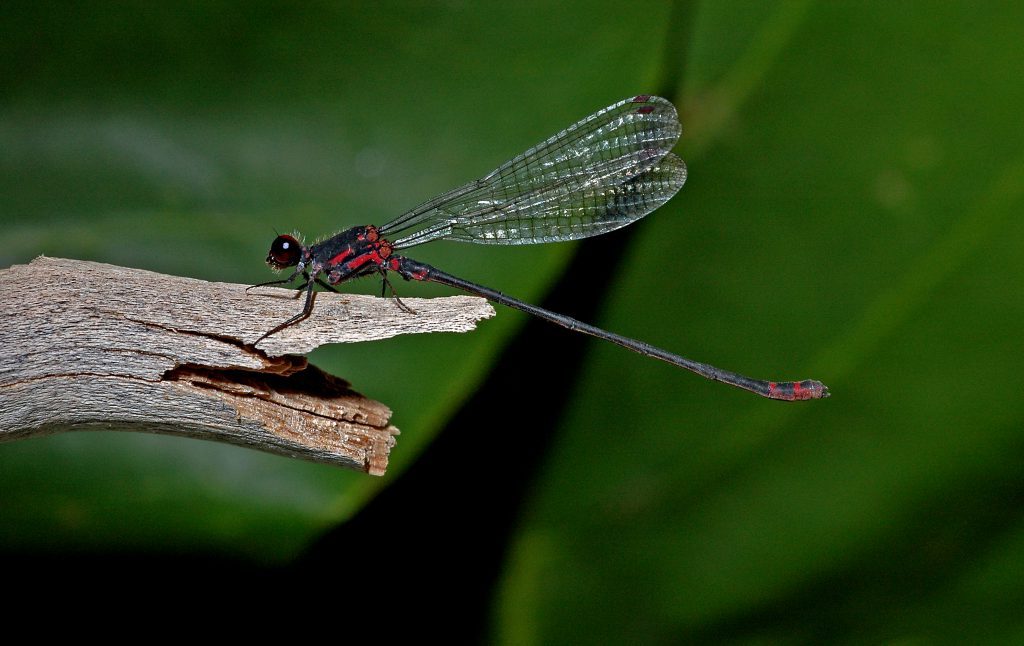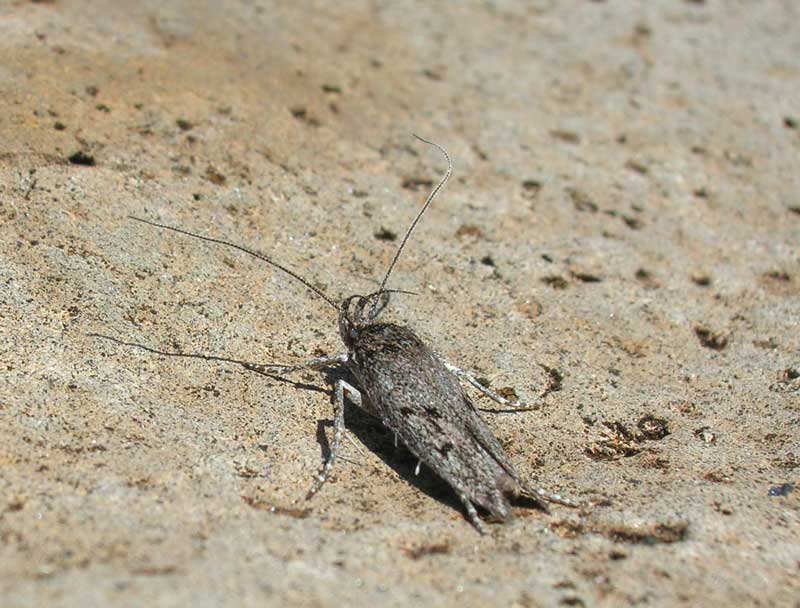Twenty million years ago the Hawaiian Island chain was very different from what we see today. Laysan and Gardner Pinnacles…
Read More
endemic Hawaiian insects
Look closely—the endemic insects of Haleakalā
The flightless moth of Haleakalā is one of the more dramatic examples of evolution in Hawaiian insects. Known to science…
Read More


